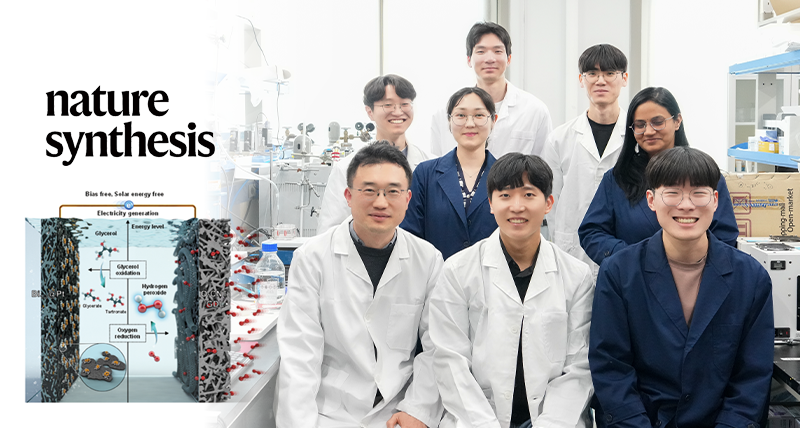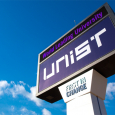An international research team comprising scientists from UNIST, KAIST, and Stanford University has unveiled a groundbreaking method to produce environmentally friendly hydrogen peroxide (H₂O₂) without relying on external electricity or solar energy.
Professor Ji-Wook Jang of the School of Energy and Chemical Engineering at UNIST, in collaboration with Professor Dong-Hwa Seo at KAIST and Professor Thomas F. Jaramillo’s group at Stanford, announced the development of a sustainable, self-powered system that leverages glycerol—a byproduct of biodiesel—to generate H₂O₂. Remarkably, this innovative approach not only produces green H₂O₂ without external energy inputs but also generates electricity on-site and yields high-value glyceric acid, a versatile chemical used in pharmaceuticals, cosmetics, and biodegradable plastics.
H₂O₂ is widely recognized as an effective disinfectant, with over 90% of its global production consumed in industries such as pulp bleaching and semiconductor cleaning. While its potential as a fuel cell oxidant and energy storage medium is gaining interest, current manufacturing methods remain energy-intensive and environmentally burdensome, heavily relying on costly hydrogen, organic solvents, and the environmentally taxing anthraquinone process that emits significant carbon dioxide and pollutants.
The new system addresses these issues by eliminating the need for external power sources or fossil fuels. Instead, it harnesses the chemical energy stored in glycerol. In this system, glycerol undergoes spontaneous oxidation at the anode, converting into glyceric acid and releasing electrons. These electrons then travel to the cathode, where they reduce oxygen to produce H₂O₂. This process simultaneously generates electrical energy, functioning similarly to a battery—where zinc oxidation and manganese reduction produce electricity—but with the key distinction that this system continuously produces valuable chemicals—H₂O₂ and glyceric acid—without depleting its components.
To optimize the reactions, the researchers engineered the system with a bismuth-coated platinum catalyst at the anode and carbon nanotubes at the cathode. Designed to operate at the maximum theoretical voltage difference, this configuration facilitates efficient electron flow, significantly boosting production rates.
Experimental results demonstrated that the system could produce approximately 8.475 micromoles of H₂O₂ per square centimeter per minute—comparable to conventional anthraquinone-based processes. Additionally, the glycerol-to-glyceric acid conversion achieved a high selectivity of 74%, ensuring the production of high-purity glyceric acid, a compound increasingly valued in pharmaceuticals, cosmetics, and biodegradable plastics.
Professor Jang remarked, “This technology overcomes the limitations of previous eco-friendly production methods, which often depended on fossil fuels or solar power, and were constrained by location and operational costs.” He added, “By utilizing low-cost biodiesel byproducts, we can simultaneously produce hydrogen peroxide, high-value chemicals, and electricity—delivering both economic and environmental benefits”
This research was conducted by Dr. Dongrak Oh, who is currently a Postdoctoral Researcher at KIST, Seon Woo Hwang of UNIST, Dong Yeon Kim, who is now a Professor at Jeonbuk National University, and Jesse Matthews of Stanford University, all of whom served as co-first authors.
Their findings are published in the August 2025 issue of Nature Synthesis, a leading journal in field of chemical sciences. The study was supported by the Brainlink program of the National Research Foundation of Korea (NRF), the Global Basic Research Laboratory (BRL), and the Mid-Career Researcher Support Program.
Journal Reference
Dongrak Oh, Seon Woo Hwang, Dong Yeon Kim, et al., “Unassisted electrochemical H2O2 production coupled to glycerol oxidation,” Nat. Synth., (2025).












